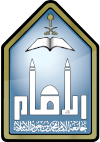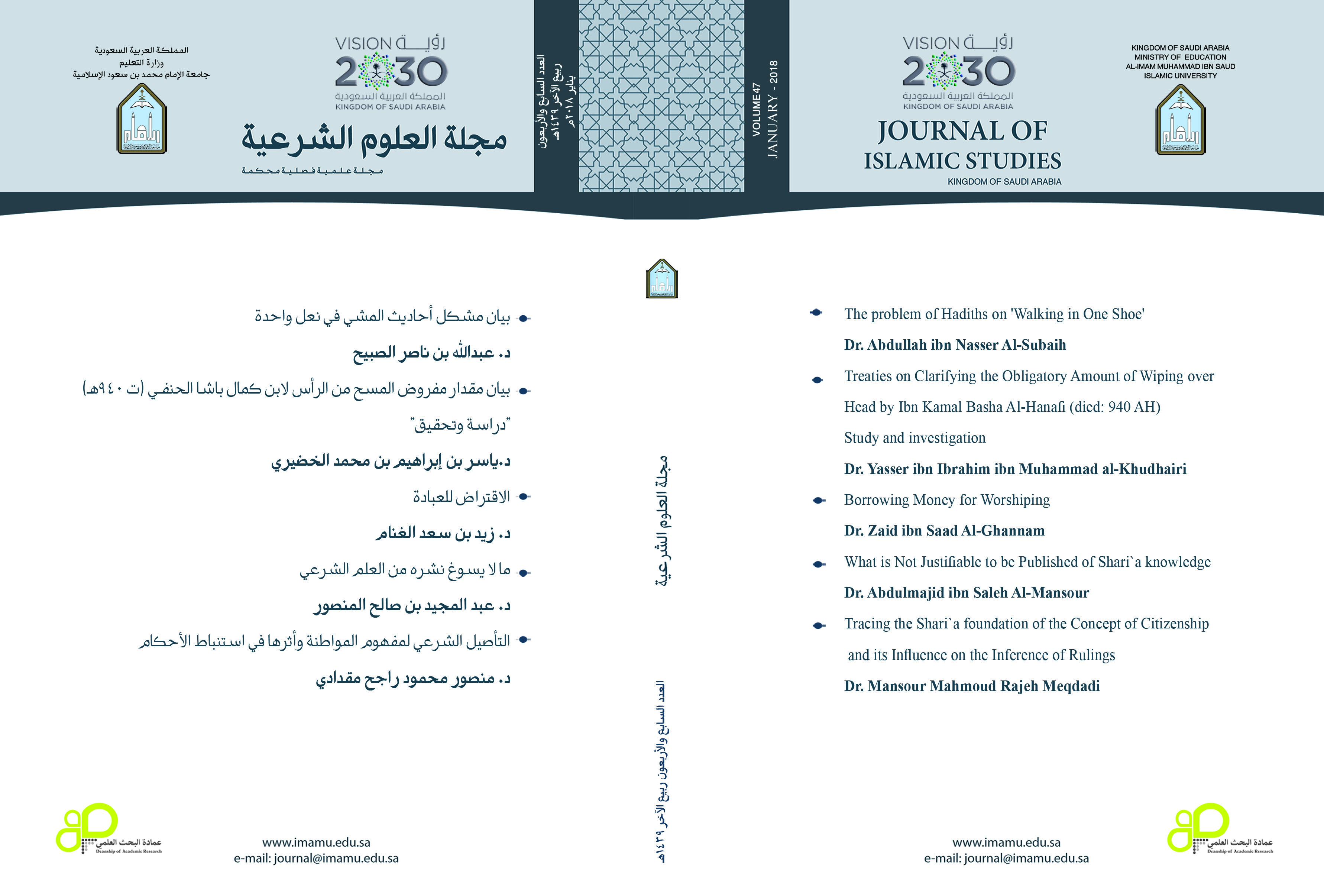What is Not Justifiable to be Published of Shari`a knowledge
Abstract
This research includes an introduction, a background and six sub-topics. The background clarifies the meaning of the research title. The first sub-topic, which is introducing general similarities, includes two themes: the first tackles linguistic and technical similarities, i.e. what it means in the current research, while the second theme tackles the proof that similarities should not be published to the public. The second sub-topic, publishing unfamiliar information of "fitnah", includes two themes: the first one tackles the linguistic and technical meaning of “fitnah”, and its meaning in the current research. The third sub-topic, publishing what appears to reinforce a heresy, includes two themes: the first discusses the linguistic and technical meaning of “heresy”, and its meaning in this research, while the second theme discusses the proof that what reinforces heresy in science should not be published to the public. The fourth sub-topic, publishing material without attributing it to its original author, includes two themes: the first discusses the linguistic and technical meaning of “non-original authors”, and its meaning in this research, while the second theme discusses the proof that certain material should not be in public domain. The fifth sub-topic, publishing what has corrupt results in the future, includes two themes: the first discusses the linguistic and technical meaning of “having corrupt results” and its meaning in this research, while the second theme discusses the proof that what has corrupt results in the future shouldn't be in public domain. The sixth sub-topic, publishing what tyrants may exploit to justify their tyranny, includes two themes: the first discusses the linguistic and technical meaning of “tyrants”, and its meaning in this research, while the second theme discusses the proof of specifying the material that tyrants may exploit to justify their tyranny. Finally, the conclusion includes the most important findings and recommendations.
Moreover, the sub-topics include practical applications from the deeds and sayings of previous generations of scholars in this field, to support this research. And Allah knows best.




